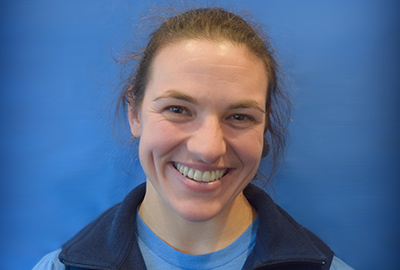Reducing bycatch impacts in recreational fisheries: case study examining terminal tackle in the multispecies Gulf of Maine groundfish fishery
By Connor W. Capizzano, Douglas R. Zemeckis, Emily A. Jones, William S. Hoffman, Micah J. Dean, Matthew H. Ayer, Nate Ribblett, John W. Mandelman
Originally published in Fisheries Management and Ecology in March 2021

Abstract
Terminal tackle regulations can be a valuable tool for fisheries management, especially in multispecies fisheries where bycatch and discards are common issues. In the Gulf of Maine, recreational anglers frequently discard critically depleted Atlantic cod Gadus morhua L. as bycatch when targeting the abundant haddock Melanogrammus aeglefinus (L.) stock. The present study investigated species catch composition, catch rates and animal welfare across various terminal tackle setups, and aspects of capture and handling with the goal of reducing bycatch and discard mortality. Overall, 2558 cod and 4266 haddock were captured with six terminal tackle setups in the western Gulf of Maine from April to October 2018. Along with angler experience and capture depth, lure type primarily influenced species catch composition and catch-per-unit-effort; hook types additionally influenced hook-removal times and physical injuries to fish. Results indicate that using baited hooks can both promote haddock catch and reduce cod bycatch, with specific hook types promoting increased survival.
Full Text



